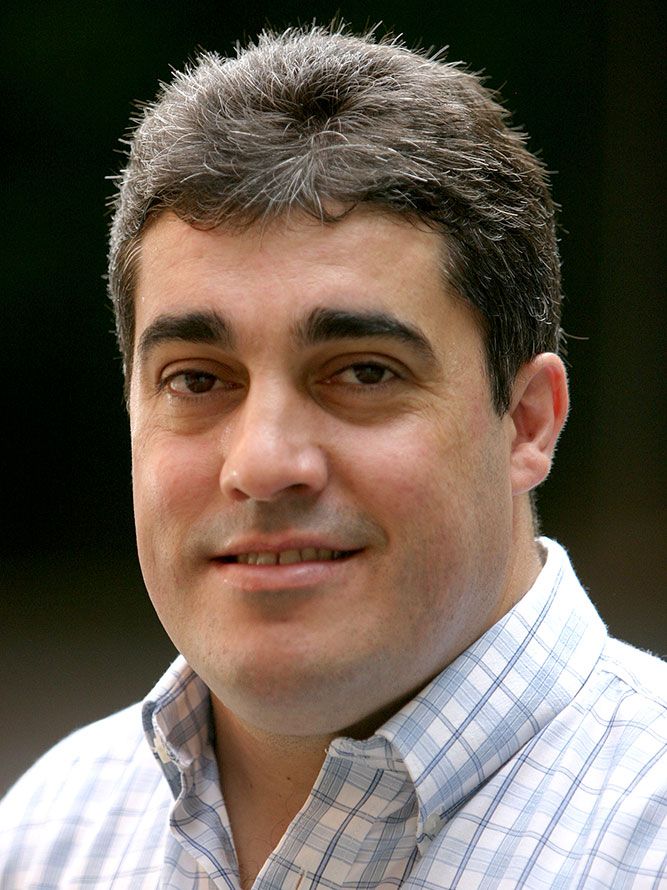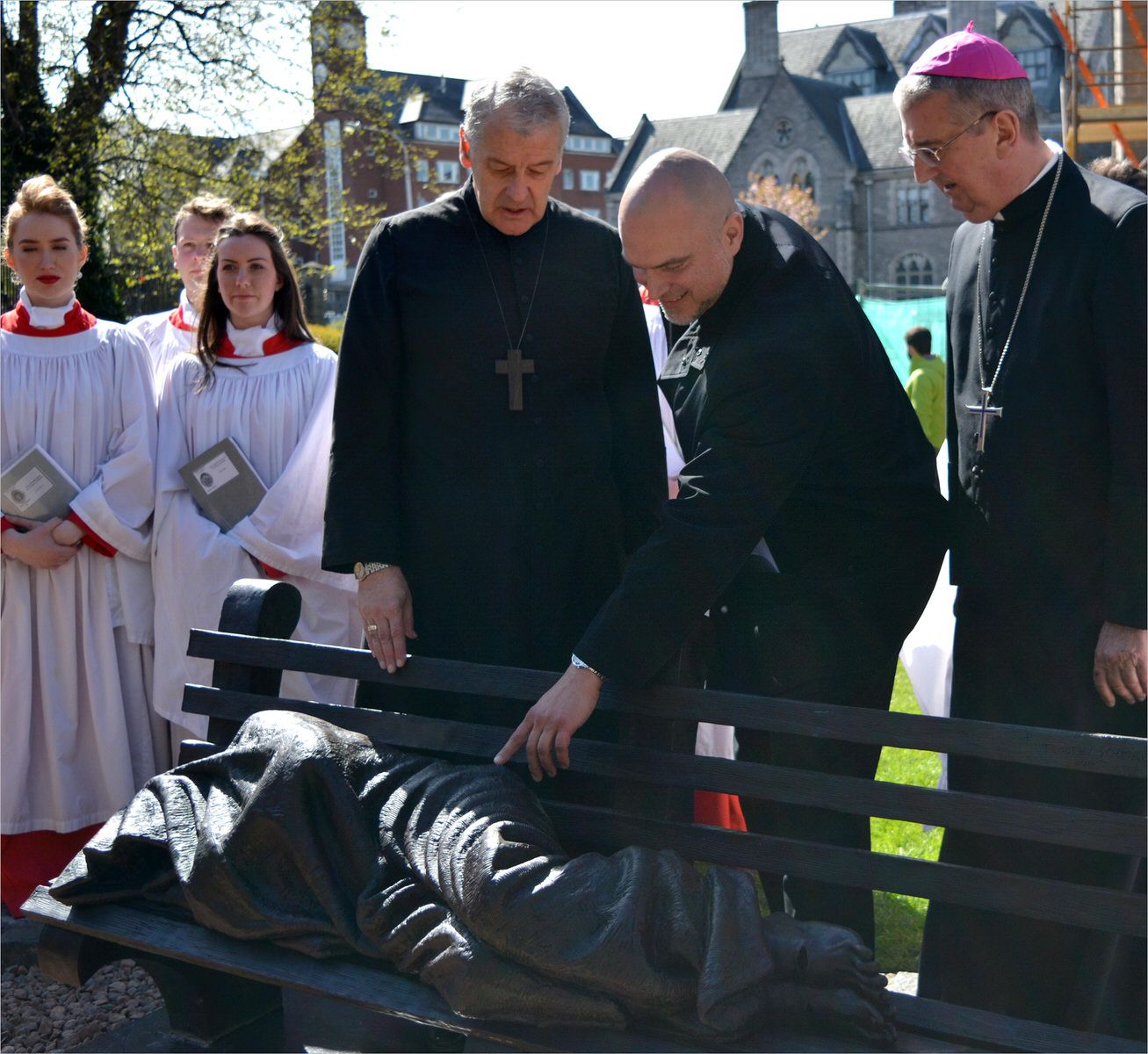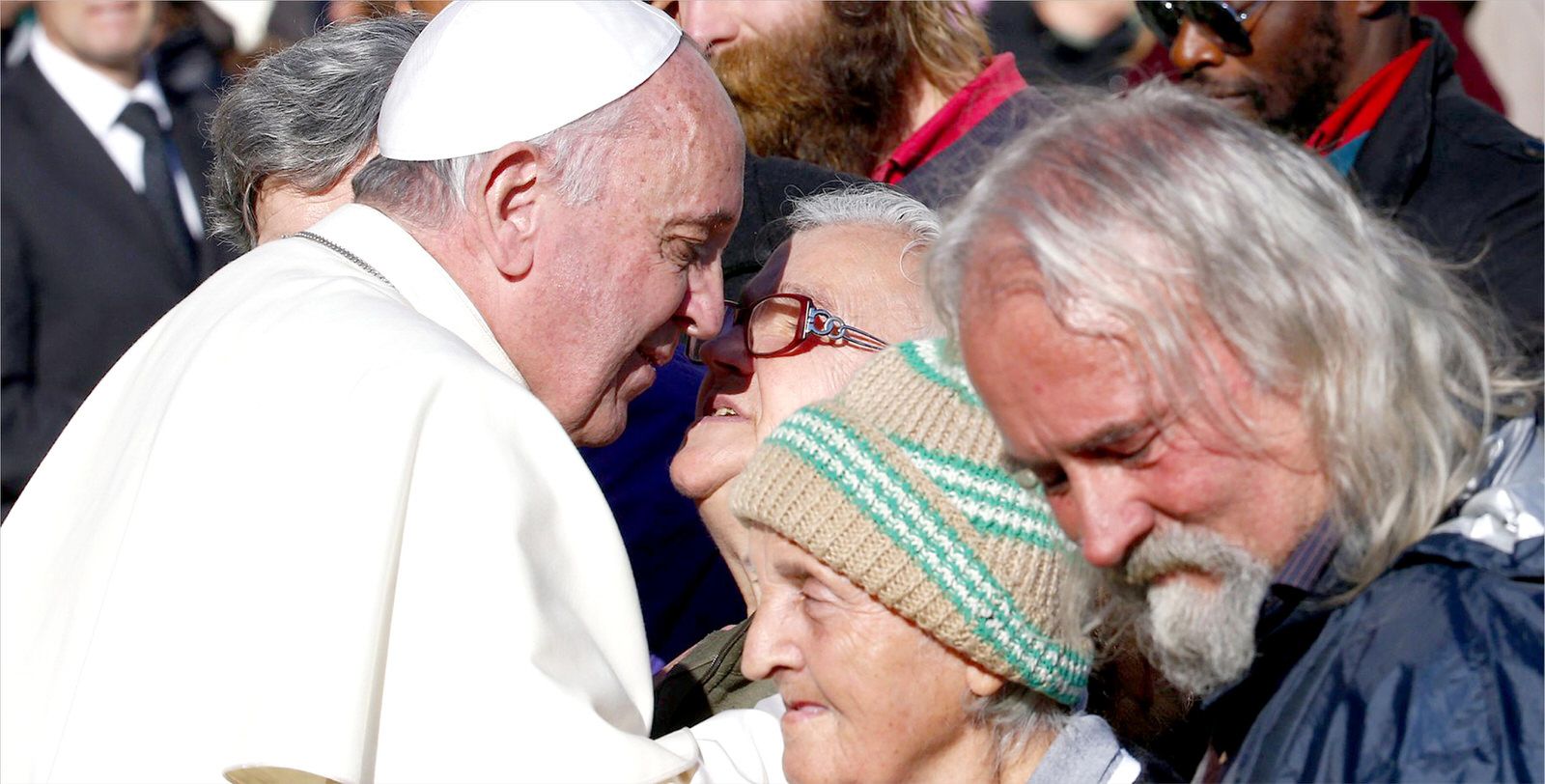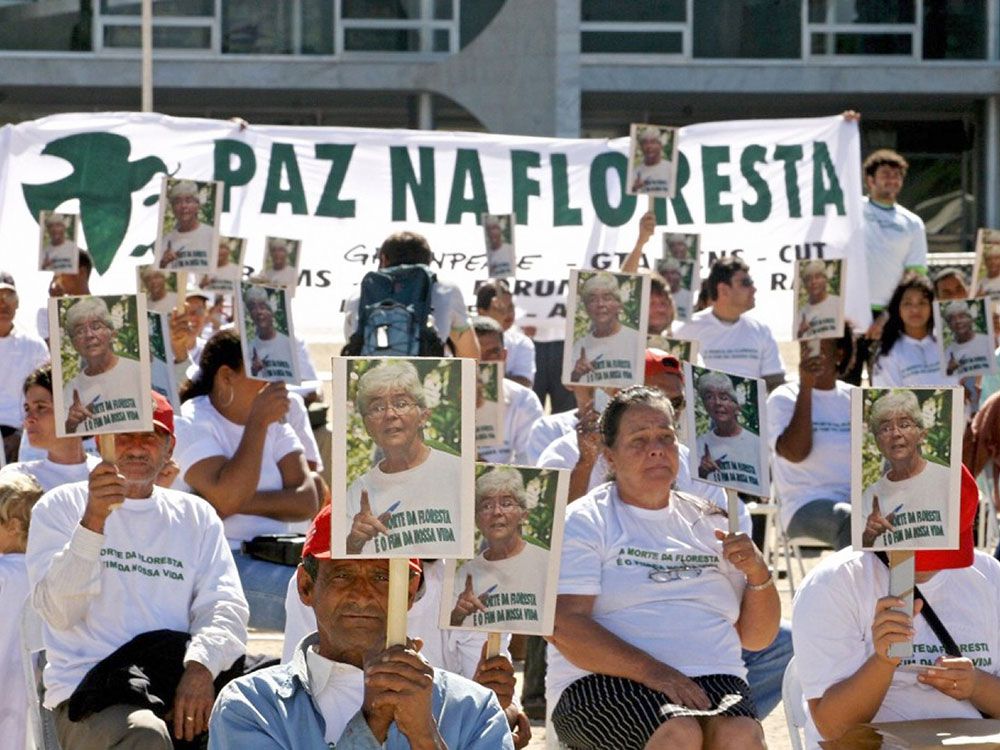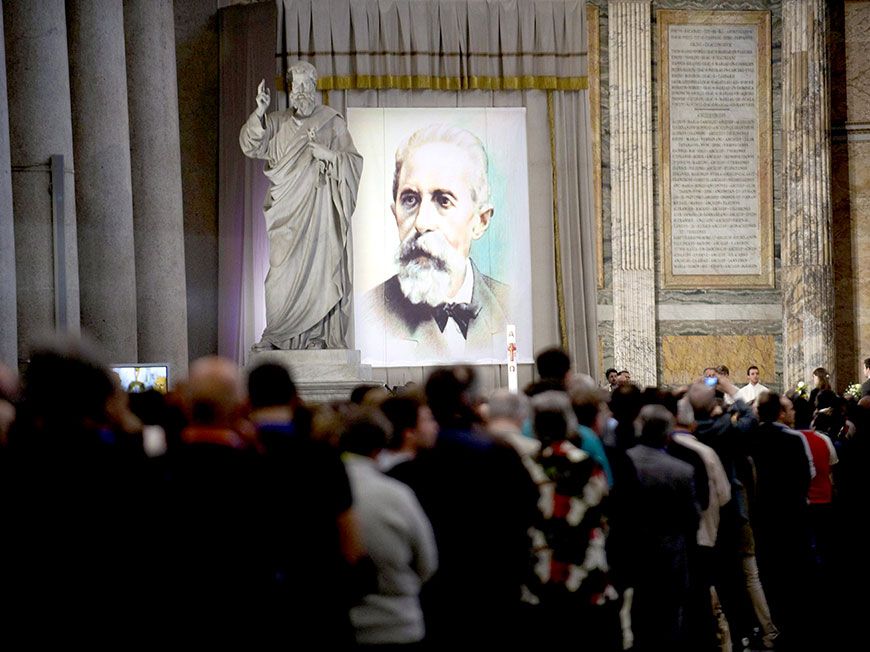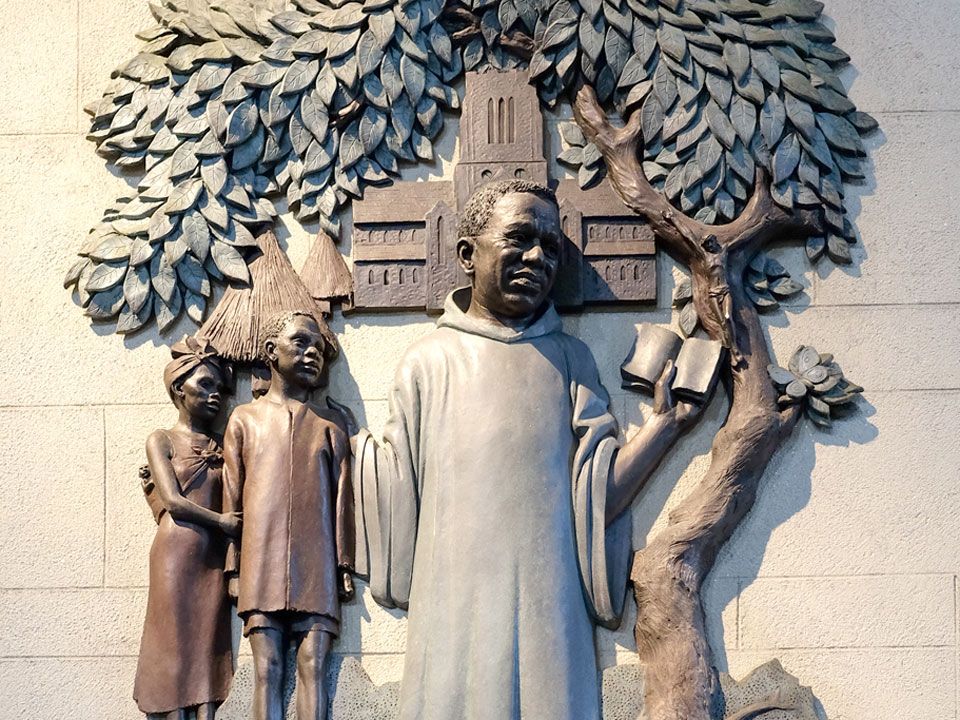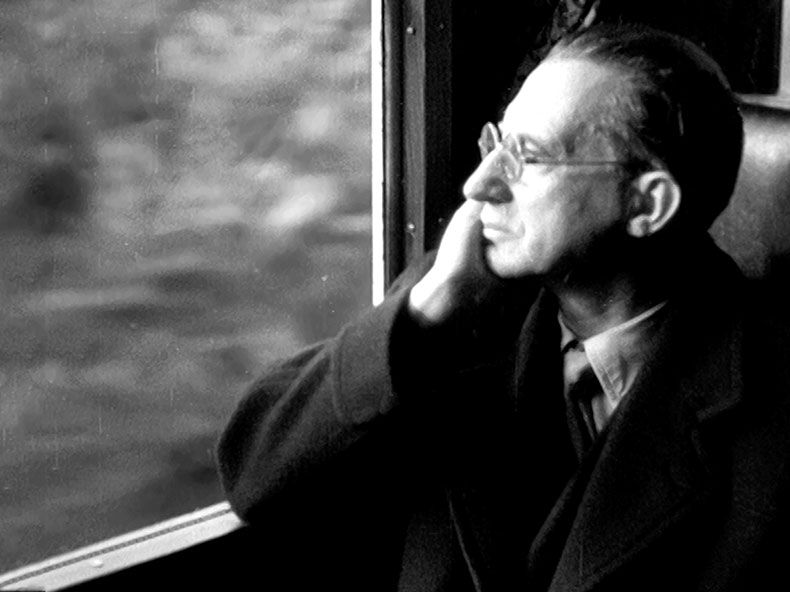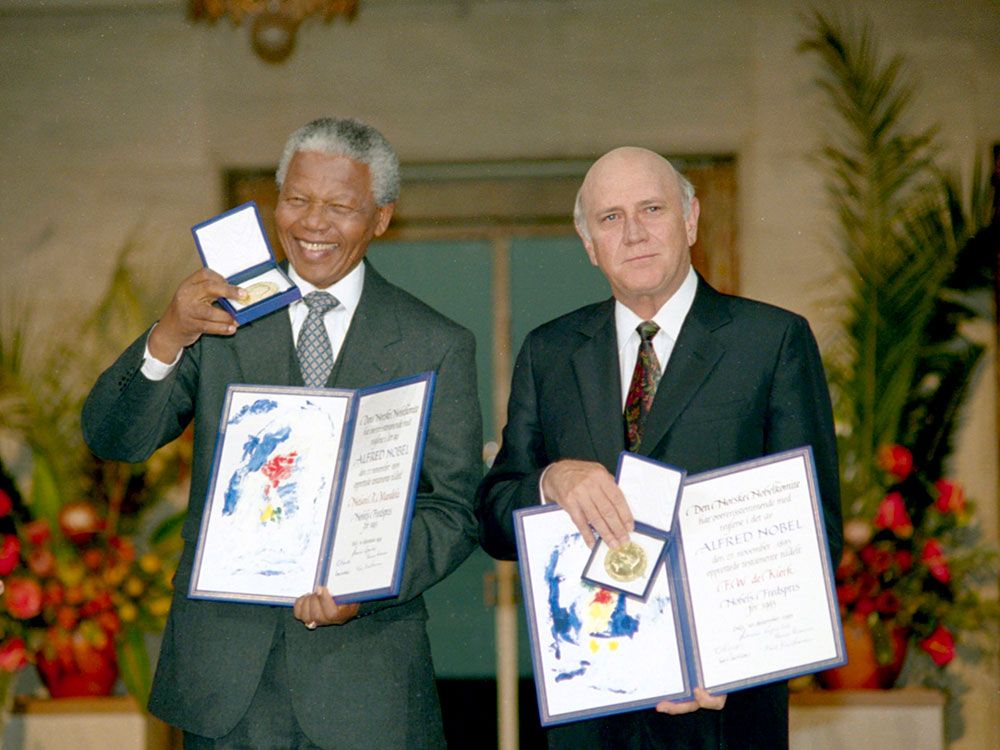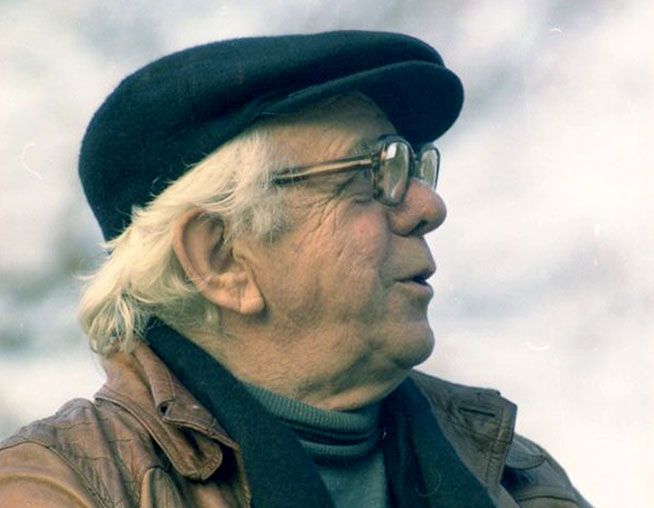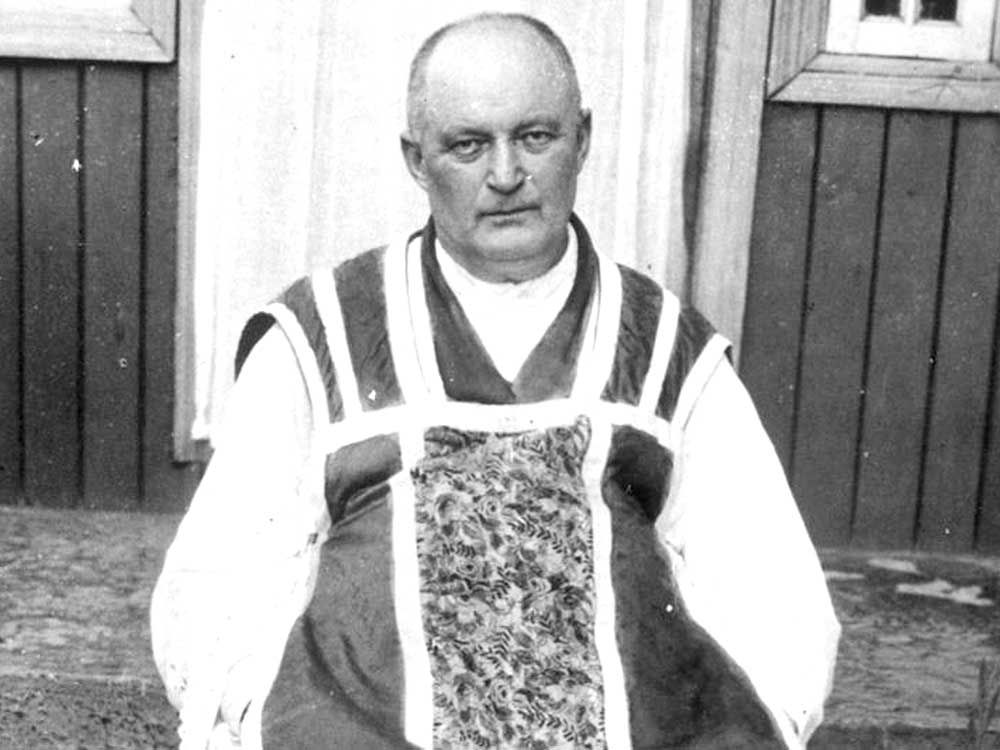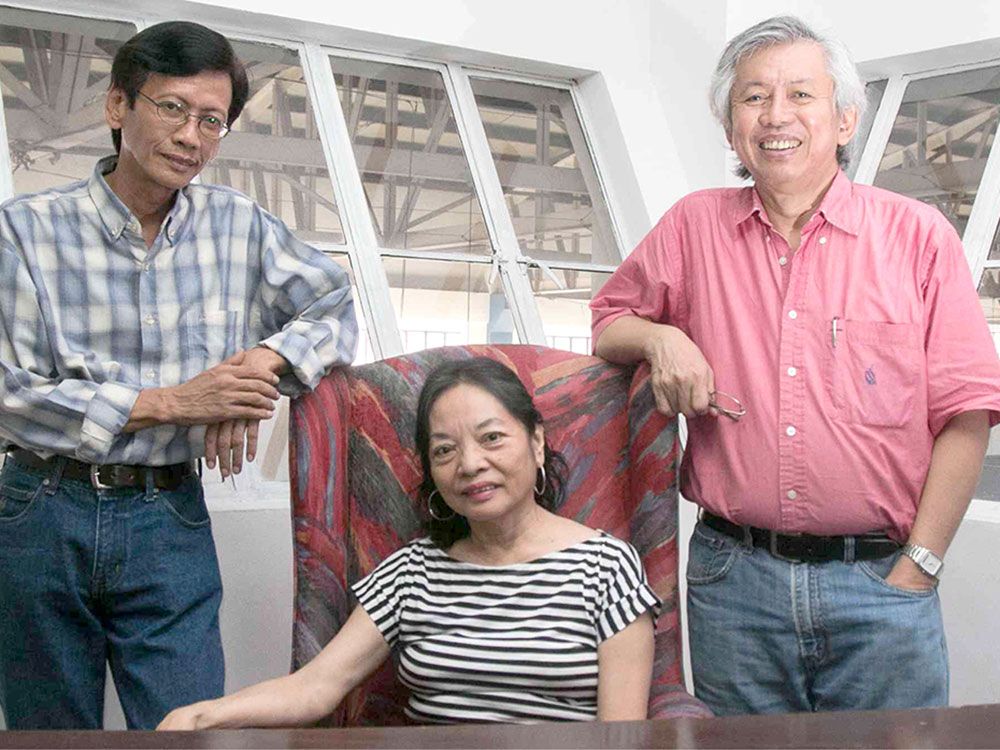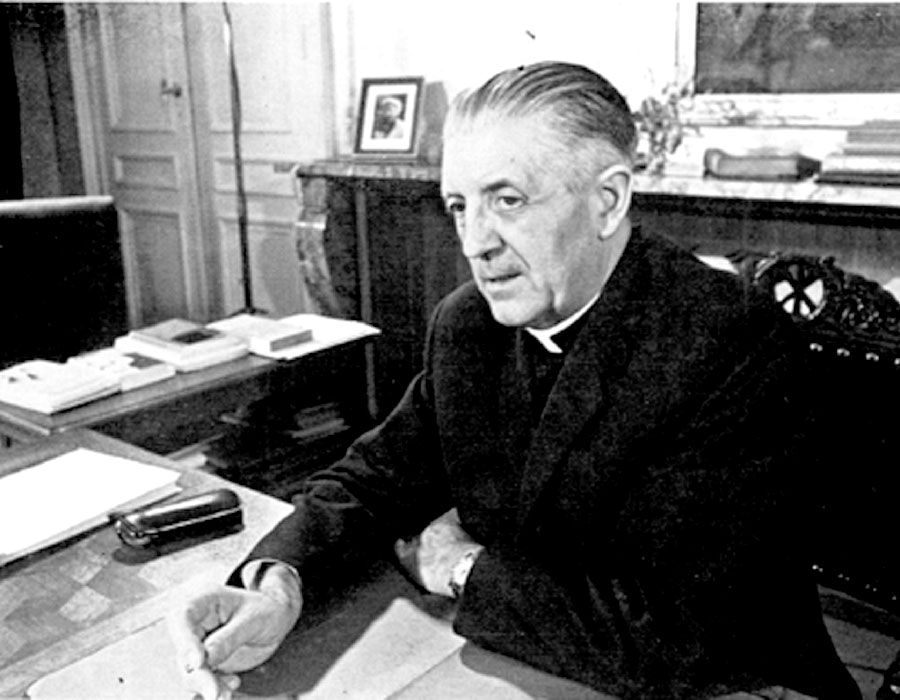It happened one night, at the end of a New College Ball, at Oxford University in 1928. Frank Pakenham, a young member of the British nobility, exhausted by the reveling, was dozing on a divan, oblivious of everything. In that moment, a girl was passing by and she was attracted by the handsomeness of the young man. “His face was of a monumental beauty,” she later wrote, “as if of some Greek god, with brown curls, dressed in modern clothes.” She bestowed a kiss on the brow that was later to be instantly recognized by its conspicuous high dome.
The girl was Elizabeth Harman, herself a member of the nobility, an undergraduate at Lady Margaret Hall, Oxford. Able, articulate and beautiful, with undergraduates and even dons tumbling over one another to fall in love with her, she was endowed with gifts of beauty and charm to which she added the virtues of industriousness and a sympathetic curiosity about other people. She was a friend of Evelyn Waugh, and Lord David Hogg said that “there was not an undergraduate who would not consider it a privilege to hold an umbrella over her.”
Two years later, when they were both lecturing for the Workers Educational Association in Stoke, at the height of the 1930s’ depression, love blossomed. They were married at St. Margaret’s Westminster in 1931. Family legend has it that Frank turned up at Westminster Abbey by mistake, to find it empty, and was consoled by his best man Freddie Birkenhead, saying: “Nobody goes to weddings these days.”
In Elizabeth Harman, the future Lord Longford found the emotional warmth and love denied him as a child by a difficult, and often cruel, mother. Painfully aware of his insignificance in her eyes next to his elder brother, he only recovered a sense of self-esteem while at Oxford. It was Elizabeth who convinced him to join the Labor Party. In return, having been converted to Catholicism, while at Oxford, by the Jesuit Father Martin D’Arcy, Frank persuaded her to join him in the Church of Rome. They found great strength in the moral certainties of Catholicism.
Champion of prison reform
Francis Aungier Pakenham was born on December 5, 1905. A member of an old, landed Anglo-Irish family, he was one of the few aristocratic hereditary peers to have ever served in senior capacity within Labor governments, at the time associated with socialism and left-wing politics, when peers usually held conservative political views.
He was educated at Eton College and New College, Oxford. Despite having failed to be awarded a scholarship, he graduated with a first class honors degree in Philosophy, Politics, and Economics and became a don at Christ Church.
In 1961, Pakenham inherited from his brother the earldom of Longford in the Peerage of Ireland and, from then onwards, was generally known to the public as Lord Longford. He was famed for championing social outcasts and unpopular causes. He is especially notable for his lifelong advocacy of penal reform. Longford was way ahead of his time in questioning the direction of prison policy, this is why much of his dream of reforms was never implemented.
That is not to say he was without substantial achievements; it was just that the goals he set himself remained outside his grasp. He dreamed of being a reforming Home Secretary, an ambition that prompted his old friend Evelyn Waugh to jokingly remark, “and then we would all be murdered in our beds.” A prison visitor since the 1930s, Longford was still going, two and three times a week, to visit the abandoned and despised in jail, until close to the end of his life.
An example: in the late 1980s, he was contacted by the solicitor for a young Dutchman, convicted of a drugs offence, sent to Albany prison on the Isle of Wight, suffering from AIDS and cut off by his family. Longford was the only person who visited this dying man, a gesture repeated in countless episodes that never made headlines but which brought help and relief.
He also initiated practical measures to ease offenders’ reintegration into society. He founded the New Bridge in 1955, the first organization dedicated to ex-prisoners’ welfare. In 1970, he established, in New Horizon, the first drop-in center for homeless teenagers. Until the end, he spent time at New Horizon’s offices, oblivious to its users’ sometimes rough teasing, anxious to understand what had alienated them from the mainstream. He also contributed a series of learned reports on penal reform and chaired the committee which, in 1963, recommended the setting up of the parole system, still the bedrock of the current order.
Occupational Hazard
Lord Longford gained a reputation for eccentricity when, in his continuous efforts to rehabilitate offenders, he campaigned for the parole, and release from prison of the Moors murderer, Myra Hindley. The Moors murders were carried out by Ian Brady and Myra Hindley between July 1963 and October 1965, in and around what is now Greater Manchester, England. The victims were five children, aged between 10 and 17, at least four of whom were sexually assaulted.
The murders are so-named because two of the victims were discovered in graves dug on Saddleworth Moor. A third grave was discovered on the moor in 1987, more than 20 years after Brady and Hindley’s trial in 1966. The bodies of the last two victims were never discovered. The murders were reported in almost every English language newspaper of the world. Myra Hindley was characterized by the press as “the most evil woman in Britain.”
In 1977, eleven years after Hindley was convicted for two murders and being an accessory in a third murder, Longford appeared on television and spoke openly of his belief that Hindley should now be released from prison as she had repented for her sins and was no longer a danger to the public.
In 1985, he condemned the Parole Board’s decision not to consider Hindley’s release for another five years as “barbaric,” and his campaign for Hindley continued even after she admitted to two more murders in 1986. This development strengthened media and public allegation that Hindley’s remorse was nothing more than a ploy to improve her chances of parole. In 1990, Home Secretary David Waddington ruled that “life should mean life” for Hindley. This position was never changed, notwithstanding the battle in Hendley’s behalf by Lord Longford.
This stubborn defense of a very unpopular criminal can only be understood, considering Lord Longford’s heroic idealism which made nothing of the public opinion, once he was convinced of the truth of his stance. Exasperated, Anne West, mother of one of the victims, threatened to kill Hindley if she was ever released. Hindley died in November 2002, having never been paroled.
A Christian at home and abroad
In 1947, Longford had his finest hour as a minister when the Prime Minister Attlee made him responsible for the British zone of occupied Germany. For a year, he worked tirelessly to stop the Germans starving to death. He reopened schools and hospitals, and worked with American and French counterparts on the currency reform that would bring stability to West Germany. On the ground, Longford saw, sooner than his superiors, that cooperation with the Soviets was impossible, and that partition was inevitable.
He made headlines by telling German audiences that the British people forgave them for what had happened in the war. His remarks caused a storm of outrage in a country still suffering rationing, since not all British people shared his generosity in forgiving, but Konrad Adenauer, the father of West Germany, came to regard him as his people’s one true friend in London and later credited him with being among his country’s founding fathers.
As a devout Christian determined to translate faith into action, Longford was a leading figure in the Nationwide Festival of Light of 1971, protesting against the commercial exploitation of sex and violence, and advocating the teaching of Christ as the key to recovering moral stability in the nation.
In 1972, he was appointed to head the group charged with investigating the effects of pornography on society, which published the controversial Pornography Report. He became known as a campaigner against pornography and held the view that it was degrading, both to its users and to those who worked in the trade, especially women.
Lord Longford was politically instrumental in decriminalizing homosexuality in the United Kingdom but later became a staunch opponent of homosexuality, referring to it as “nauseating,” “utterly wrongful” and that gay people were “handicapped.” He continued to oppose any gay rights legislation, including the equalization of the age of consent.
After 1968, Longford devoted himself to his campaigns and to publishing. He had already produced several volumes of autobiography and one book, Peace By Ordeal, the background to the 1921 Anglo-Irish treaty, that was regarded as a classic. His account uses primary sources from the time and is widely recognized as the definitive account of this aspect of Irish history. Longford came to greatly admire Éamon de Valera, the famous Irish patriot, and was chosen as the co-author of his official biography: Éamon de Valera, which was published in 1970, co-written with Thomas P. O’Neill.
But his later efforts, while tackling ambitious subjects like humility and forgiveness, were politely, though unenthusiastically, received; Queen Elizabeth, however, continued to hold him in high esteem. In 1972, she made him a Knight of the Garter. From the floor of the House of Lords, as well as continually pushing the government on prisons’ policy, he spoke in favor of Ireland, a country he regarded as his home.
The other half
Elizabeth Harman was born in 1906, the oldest of five. Both her parents were doctors and from the highest echelons of the British society. She was a feminist but of an earlier kind. She never doubted the capability nor the right of women to hold the highest offices but she did not admire sexual liberation. She regarded promiscuity as a disappointing fall from the ideal.
In 1946, she converted to Catholicism, influenced by her husband’s conversion five years earlier. Her Catholicism drew on the inspiration that had made her a socialist, i.e. her emotional closeness to the working class, and built on it. She greatly admired the French Jesuit Teilhard de Chardin because her conversion was intellectual as well as spiritual. But in her heart, she believed in a good Providence, revealed in all God’s creation. Her love for her garden at Bernhurst was an expression of this.
She was over 50 when she wrote Victoria RI, the biography of Queen Victoria, her first bestseller followed by her acclaimed two-volume life of Wellington and many others. She was keen on research, relished travelling to visit battlefields and passed on her passion for historical biography to her eldest daughter Antonia Fraser, to her eldest son Thomas and to various grandchildren. She told them that “not to study history would be like living in a house with no windows.”
She had a naturally optimistic attitude towards life that inspired her as the mother of eight. Only the death of her daughter Catherine in 1969 seriously shook this optimism, a blow she struggled to recover from. She had a love and fascination with family, not only her own of eight and their offspring. It inspired her interest in history.
She was passionate and had a zest for life that made her believe strongly in finding opportunity for enjoyment. When she returned to her home at the end of her life, she insisted that it was an excellent opportunity for the grandchildren to give a party, even more than one.
These characteristics found a harmonious tension with her husband. His personal odyssey from conservative Anglican to Catholic socialist mirrored hers. She embodied the belief that, at times, he doubted. Over 69 years of marriage made their thoughts inextricably entwined, but remained distinct and complementary. She was the Yin to his Yang.
The Longfords enjoyed an extraordinarily happy marriage. They remained active in their various political, literary and campaigning activities well into their 90s, relaxing only to enjoy their countless grandchildren and great-grandchildren at their cherished Sussex home, Bernhurst. Frank died within a month from pneumonia in August 2001. He was 95.
Elizabeth’s final wish was to be taken from her London nursing home to Bernhurst, where she retreated to her feather bed with a great tulip tree seen through the window. She slipped away peacefully, surrounded by her family. She died with dignity after eighteen months of gradual decline in physical capability. Her optimism and her passion, at the thought of rejoining him, was undimmed to the end.



